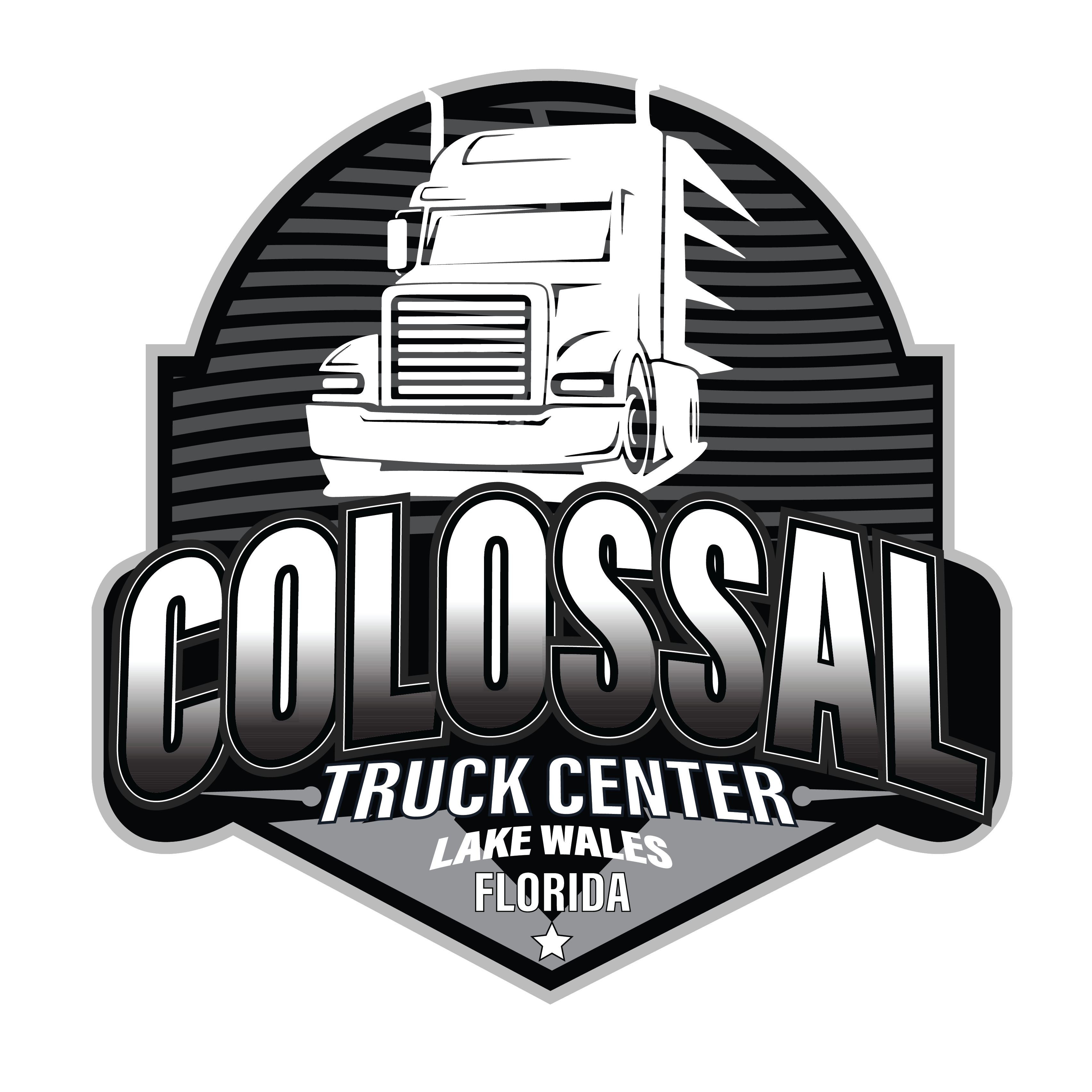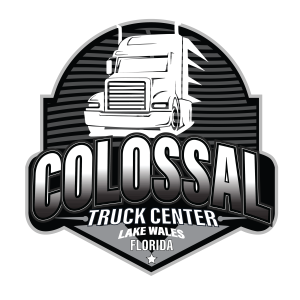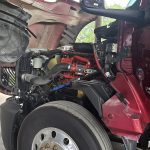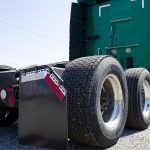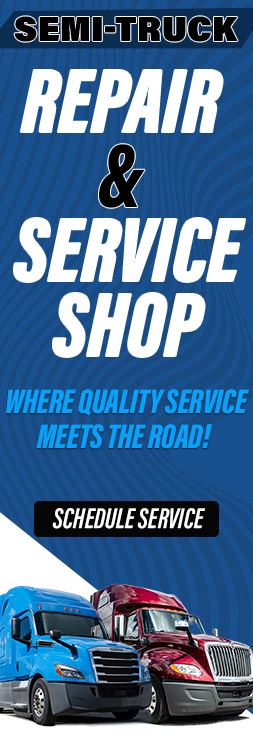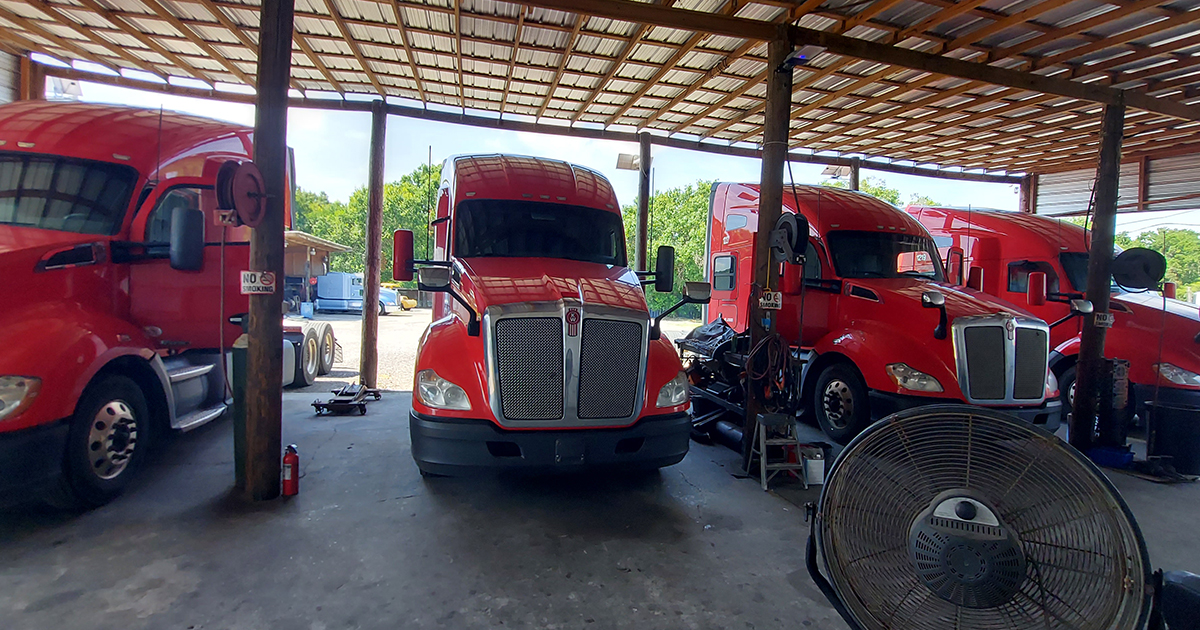
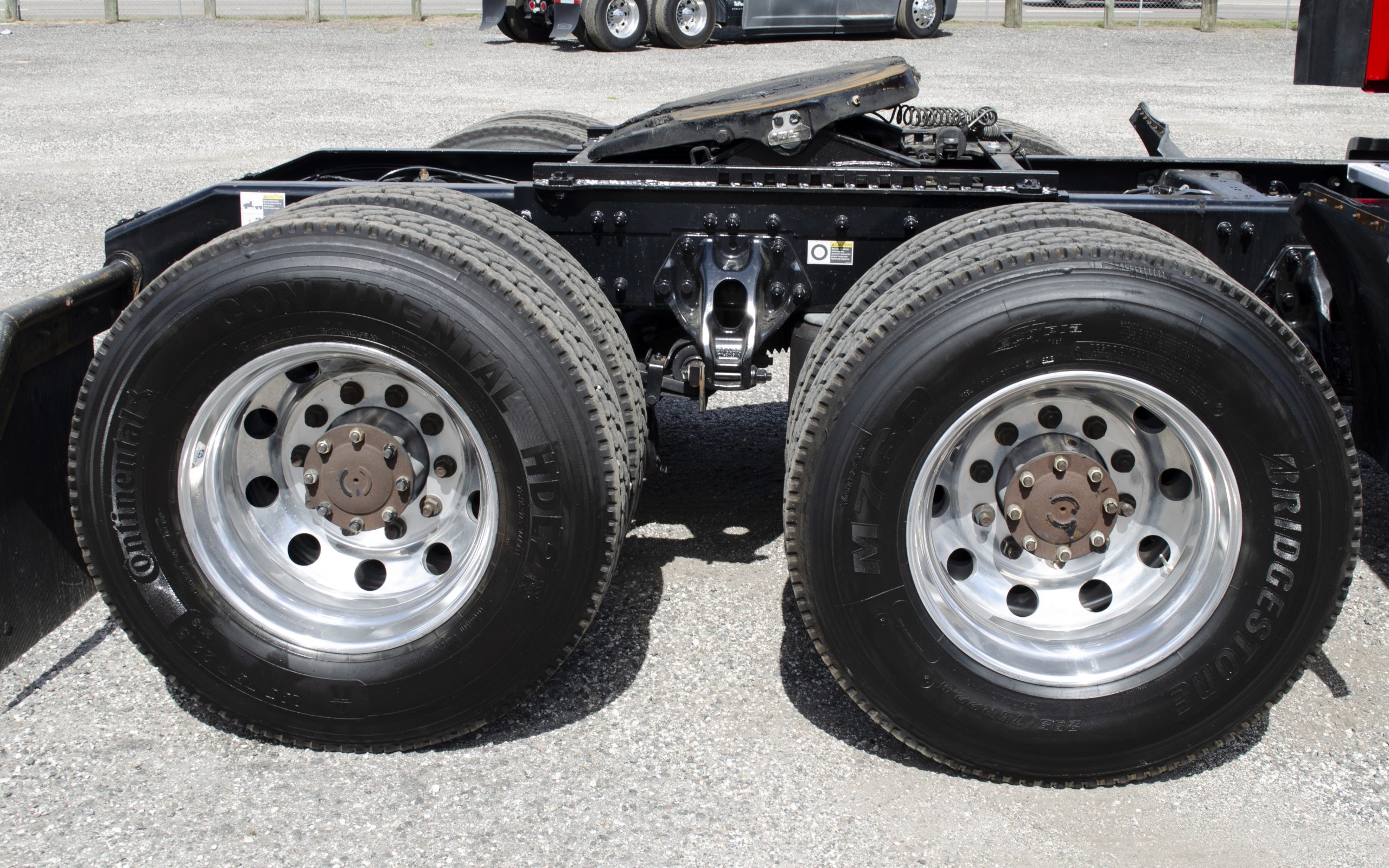
The Most Important Parts of a Used Semi-Truck to Consider Before Buying
The Most Important Parts of a Used Semi-Truck
To make an informed choice, you must carefully evaluate the key components of a used semi-truck before making a purchase.
Purchasing a used semi-truck is a significant investment for any trucking business or owner-operator. It’s not just a financial commitment but also a decision that can impact your livelihood and the safety of everyone on the road.
Engine and Mechanical Components
The heart of any semi-truck is its engine. Therefore, when considering the purchase of a used semi-truck, the condition of the engine is paramount.
Here are some key factors to assess:
a. Mileage:
Check the truck’s odometer to determine its total mileage. High mileage isn’t necessarily a deal-breaker, but it’s crucial to factor this into your decision. Trucks with lower mileage are generally considered better investments.
b. Maintenance Records:
Ask for the truck’s maintenance history, including regular servicing and any major repairs. Well-documented maintenance can indicate a truck that has been well cared for and can provide more peace of mind.
c. Engine Type:
Different trucks come with various engine types, each with its own specifications. Research the engine type and its reliability before making a decision.
d. Emissions Compliance:
Ensure that the truck complies with the current emissions regulations, as non-compliance can lead to costly modifications and downtime.
e. Test Drive:
If possible, take the truck for a test drive to assess its performance. Pay attention to any unusual noises, vibrations, or issues with acceleration and braking.
Transmission and Drivetrain
The transmission and drivetrain are vital components that influence a truck’s overall performance and efficiency. Consider the following:
a. Transmission Type:
Automatic and manual transmissions have different characteristics. Choose the one that aligns with your driving preferences and business needs.
b. Clutch Condition:
For trucks with manual transmissions, check the clutch’s condition. A worn-out clutch can be costly to replace.
c. Differential Ratio:
The differential ratio affects the truck’s fuel efficiency and performance. Research and understand what ratio suits your hauling needs.
Chassis and Suspension
The chassis and suspension are critical for a comfortable and stable ride, as well as the truck’s ability to handle different loads. Here’s what to look for:
a. Frame Rust and Damage:
Inspect the chassis for rust, corrosion, or any signs of damage. A weakened frame can be a major safety hazard.
b. Suspension Components:
Check the suspension components for wear and tear, such as worn bushings, shock absorbers, and springs. Replacing these can be expensive, so it’s essential to know their condition.
c. Axle Configuration:
Depending on your hauling requirements, consider the number of axles and their configuration. Ensure it meets the legal and operational needs of your business.
Tires and Wheels
Tires are the only point of contact between the truck and the road, making them crucial for safety and efficiency. Inspect the tires and wheels:
a. Tread Depth:
Measure the tread depth to ensure it’s within legal limits. Worn-out tires may need replacement soon, adding to your expenses.
b. Even Wear:
Uneven wear on tires can indicate alignment or suspension issues, which need to be addressed.
c. Age of Tires:
Check the age of the tires as they can deteriorate over time, even if the tread depth is adequate. Old tires may require replacement for safety reasons.
d. Wheel Condition:
Examine the wheels for any signs of damage or cracks. Damaged wheels can lead to tire failures and accidents.
Braking System
The braking system is a critical safety feature of any semi-truck. Carefully inspect the braking components:
a. Brake Pads and Discs:
Check the condition of the brake pads and discs for wear. Worn brakes can compromise stopping power and safety.
b. Brake Lines:
Inspect the brake lines for leaks or damage. Ensure that the brake system is in good working order.
c. Anti-lock Braking System (ABS):
Ensure that the truck is equipped with an ABS and that it’s functioning correctly. ABS improves control during hard braking and can prevent wheel lockup.
Electrical and Electronics
Modern semi-trucks are equipped with a variety of electrical and electronic systems. Make sure they are in good working order:
a. Lights and Signals:
Verify that all exterior lights and signals, including headlights, taillights, turn signals, and brake lights, are working properly.
b. Instrument Cluster:
Check the instrument cluster for any warning lights or error messages. These can indicate potential issues that need addressing.
c. Entertainment and Communication Systems:
If your truck has in-cab entertainment or communication systems, ensure they are functional and up-to-date.
Cabin Comfort and Safety Features
The cabin is where you spend a significant portion of your time as a truck driver. Evaluate its comfort and safety features:
a. Seats and Interior:
Check the condition of the seats, dashboard, and overall interior. A well-maintained cabin can significantly enhance your comfort during long hauls.
b. Air Conditioning and Heating:
Ensure that the heating and air conditioning systems work efficiently, as comfort is essential for driver well-being.
c. Safety Features:
Look for safety features like airbags, stability control systems, and collision mitigation technology.
Legal Compliance
Semi-truck owners must comply with various laws and regulations. Ensure that the truck you’re considering meets these requirements:
a. Emissions Standards:
Confirm that the truck complies with the emissions standards of the region where you plan to operate.
b. Weight Limits:
Ensure that the truck’s weight limits align with your intended hauling needs.
c. Vehicle Inspection History:
Obtain the truck’s inspection history to ensure it has been regularly inspected and maintained in accordance with legal requirements.
Ownership History and Title
Before finalizing the purchase, investigate the truck’s ownership history and title:
a. Title Status:
Ensure that the title is clear and free of any liens or encumbrances.
b. Previous Owners:
If possible, learn about the truck’s previous owners and how it has been used throughout its life.
c. Accident and Damage History:
Check for any accident or damage history, as this can affect the truck’s overall condition and resale value.
Cost of Ownership
Consider the total cost of ownership beyond the purchase price. This includes ongoing expenses such as fuel, insurance, maintenance, and potential repairs. Budget accordingly to avoid unexpected financial strain.
Conclusion
Buying a used semi-truck is a substantial decision that involves evaluating multiple important components and factors. Taking the time to thoroughly assess the engine, transmission, chassis, tires, brakes, electrical systems, and more can save you from costly surprises and ensure your safety on the road. Remember to consider the truck’s legal compliance, ownership history, and the total cost of ownership to make a well-informed decision. By prioritizing these key aspects, you can confidently select a used semi-truck that suits your business needs and ensures your success as a trucking professional.
Categories
- Cascadia 126 (2)
- European Lorries (1)
- European Semi Trucks (1)
- Financing used trucks (6)
- Finding the right truck (12)
- Freightliner Cascadia (2)
- Freightliner Engine (1)
- Freightliner Trucks (1)
- Freightliner Used Semi (1)
- Freightliner Used Semitruck (2)
- Maintained Semi Truck (2)
- Maintenance (2)
- Mileage a Year (2)
- Miles (2)
- Peterbilt Cummin (1)
- Peterbilt Engines (1)
- Peterbilt Semi Trucks (1)
- Repair Shop (1)
- Scania Semi Trucks (1)
- Semi Trucks (15)
- Semi Trucks Purchase (10)
- Traveling (3)
- Trucking Industry (16)
- Used or New Semi Truck (10)
- Used Trucks (10)
- Volvo D11 Engine (1)
- Volvo D13 Engine (1)
- Volvo Engine (1)
- Volvo Semi Truck Engine (1)
- Volvo Used Semi Truck (1)
Recent Posts
Popular Tags
Related posts


The Most Expensive Parts for a Used Semi Truck in 2024

10 Crucial Considerations When Purchasing a Used Semi-Truck in 2024

